The males have six yellow bands but the females have only five, both with orange scales on the tip and along the central bar of the forewings and largely yellow legs.
The adults can sometimes be found using sweep nets. The caterpillars feed inside the roots of the foodplant from July to the following May, overwintering as larvae.
Size and Family
- Family – Clearwing moths (Sesiidae)
- Small Sized
- Wingspan Range – 18-24mm
Conservation status
- UK BAP: Not listed
- Nationally Scarce B
Caterpillar Food Plants
Common Bird’s-foot-trefoil (Lotus corniculatus), Kidney Vetch (Anthyllis vulneraria) and possibly Horseshoe Vetch (Hippocrepis comosa)
Habitat
Chalk and coastal grassland with grassy swards, rough upland fields, embankments, quarries and cliffs except where there is heavy grazing
Distribution
- Countries – England and Wales
- Nationally Scarce B. Well distributed in southern England from Cornwall to Kent, north to Staffordshire, Nottinghamshire, Derbyshire and Yorkshire. Also recorded in Pembrokeshire and Gower in south Wales. Rare in the Channel Islands.
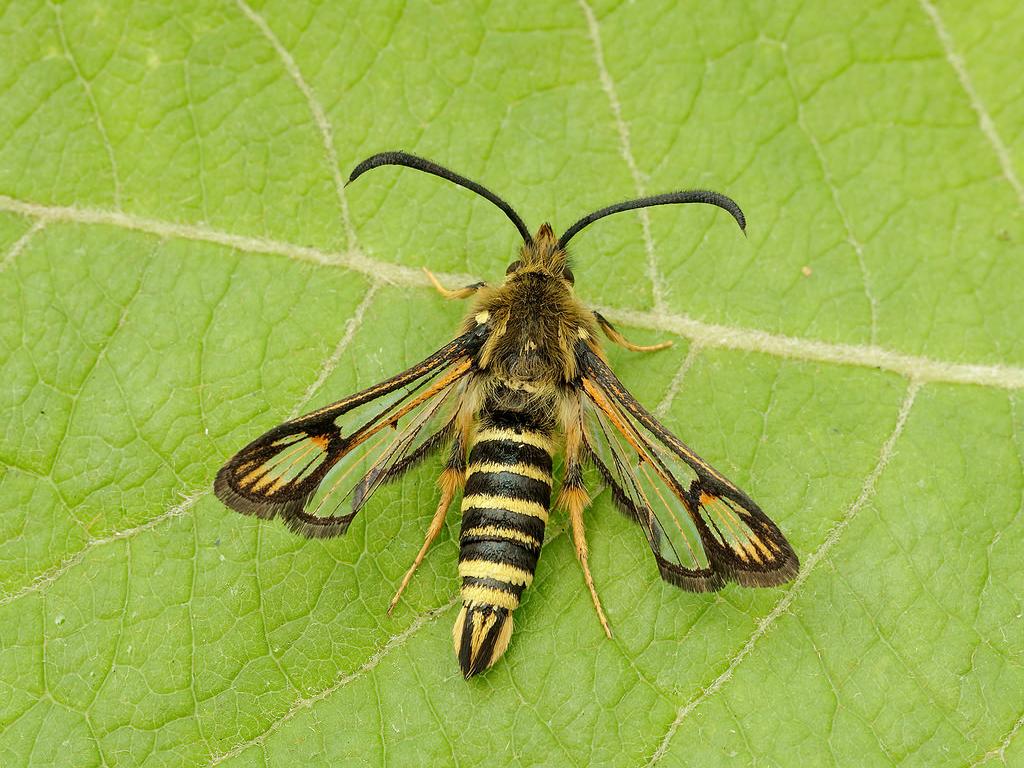
Six-belted Clearwing - Iain Leach
Six-belted Clearwing
Iain Leach
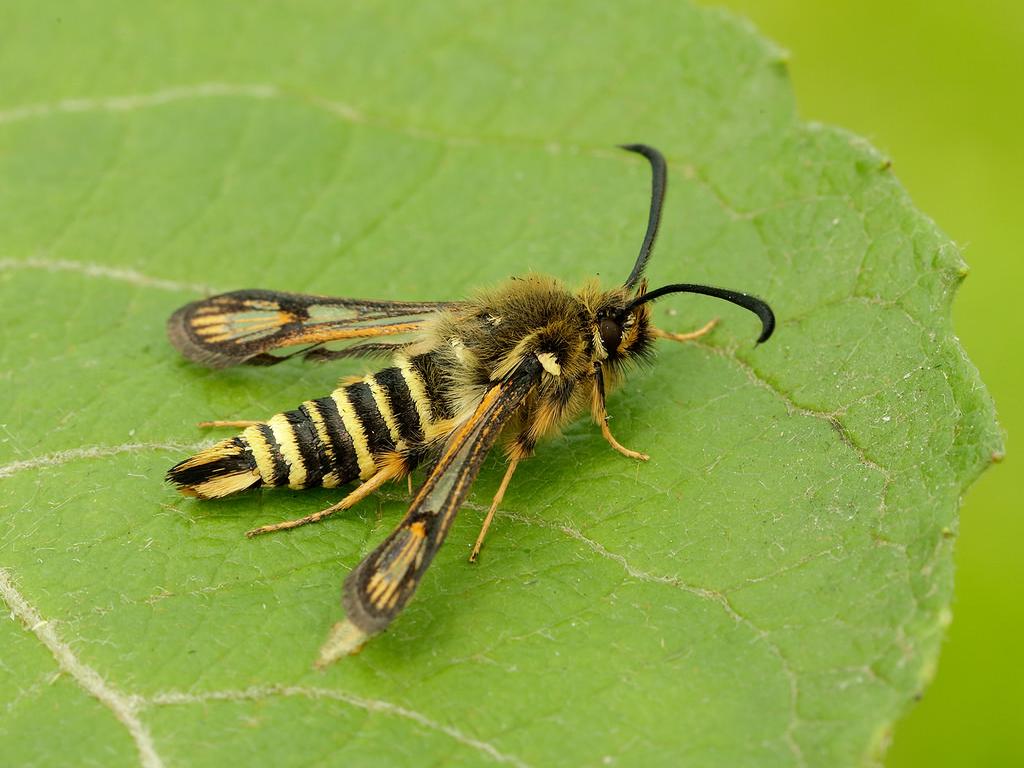
Six-belted Clearwing - Iain Leach
Six-belted Clearwing
Iain Leach
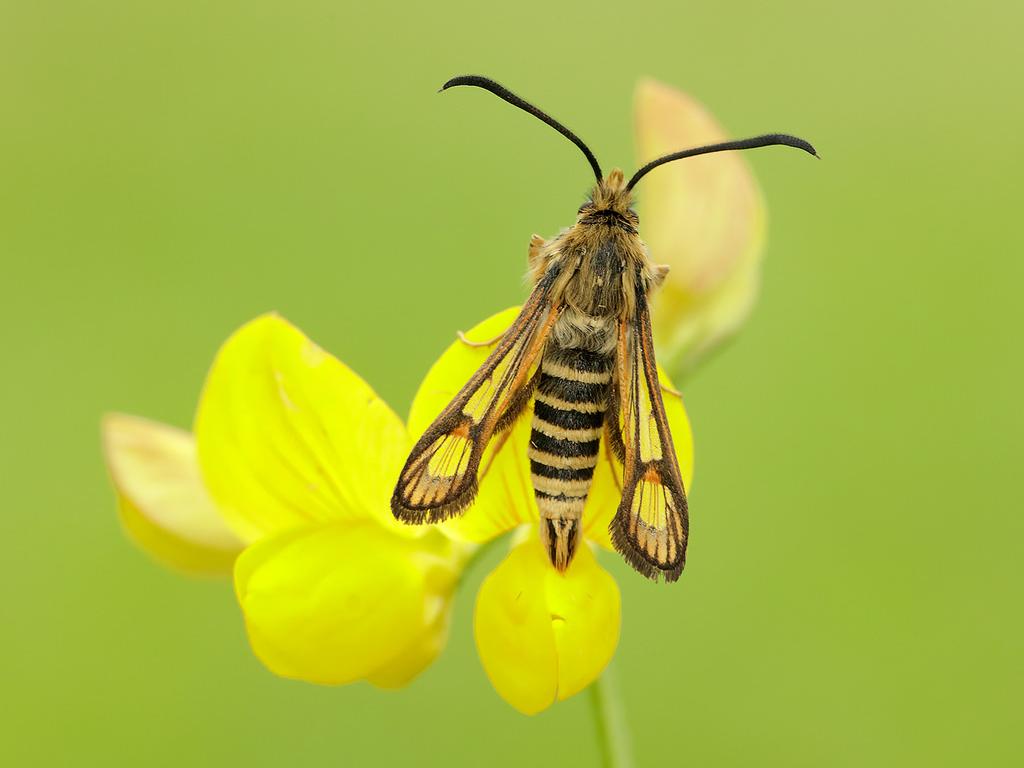
Six-belted Clearwing - Iain Leach
Six-belted Clearwing
Iain Leach
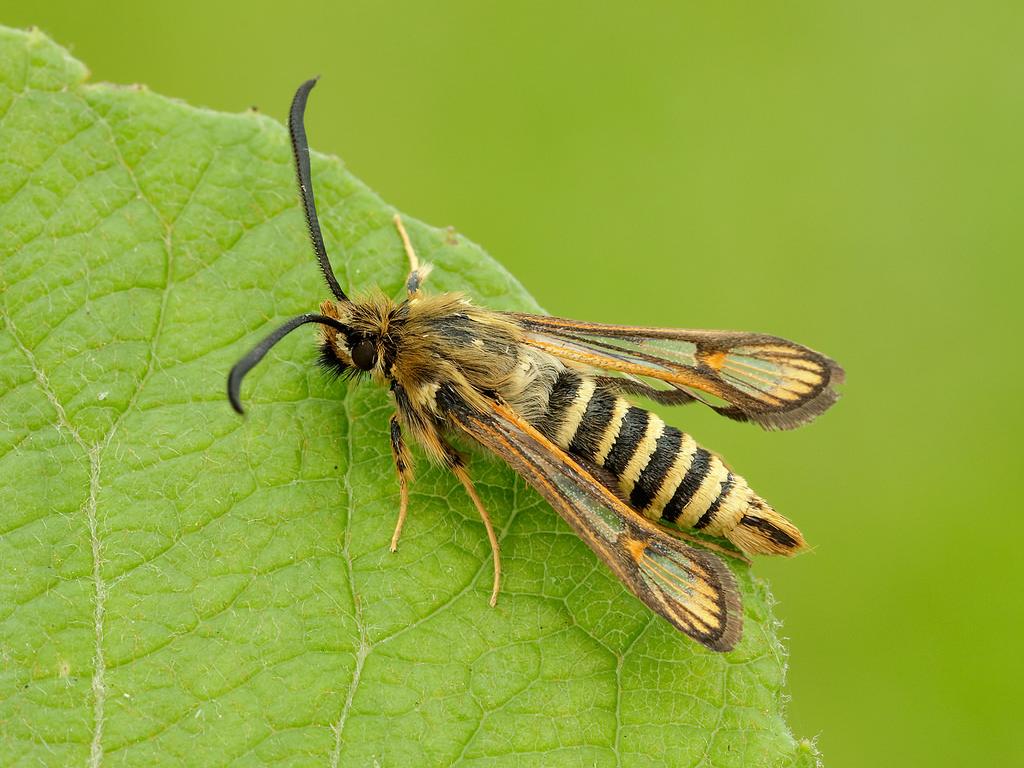
Six-belted Clearwing - Iain Leach
Six-belted Clearwing
Iain Leach
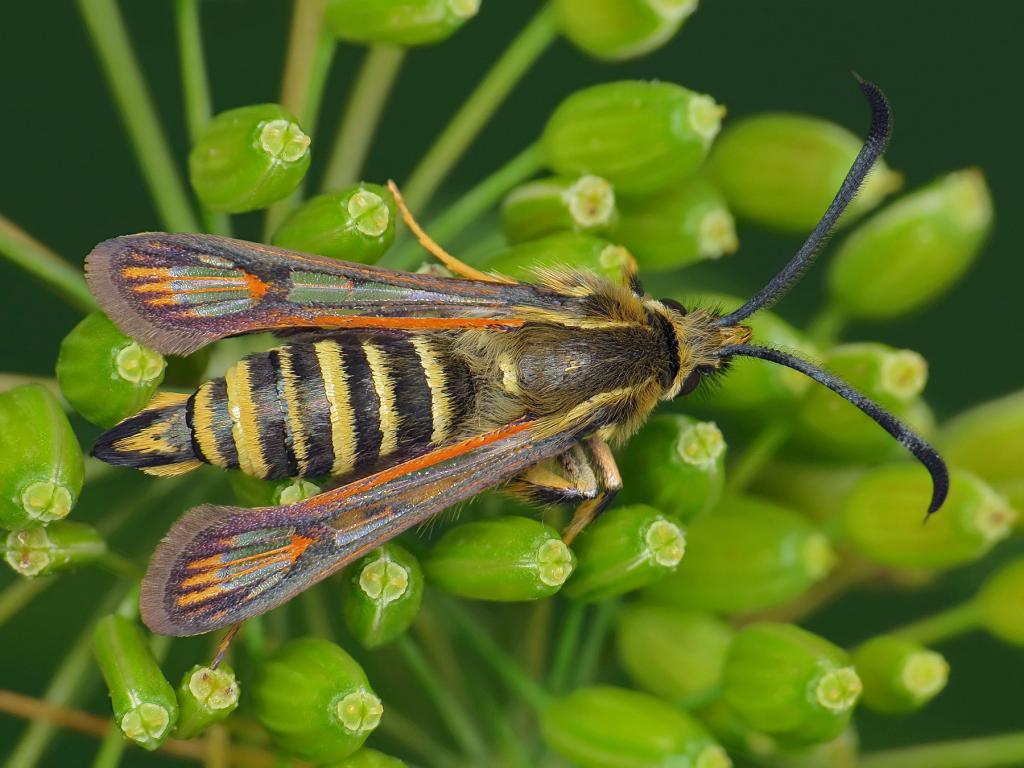
Six-belted Clearwing - Ryszard Szczygieł
Six-belted Clearwing
Ryszard Szczygieł
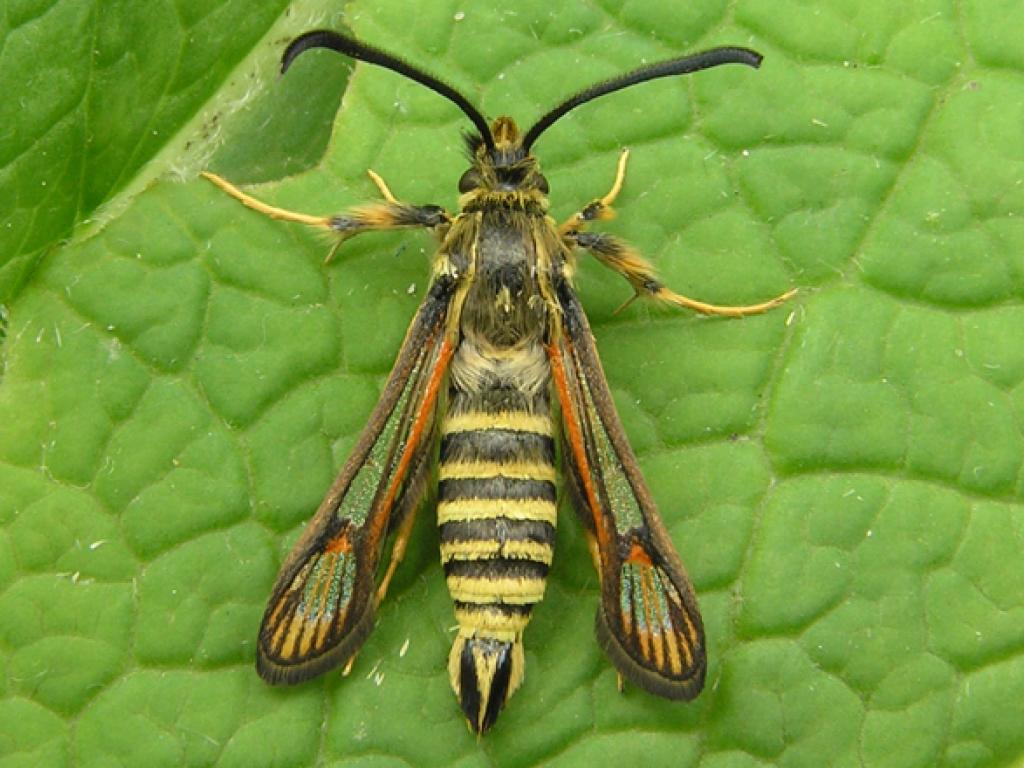
Six-belted Clearwing
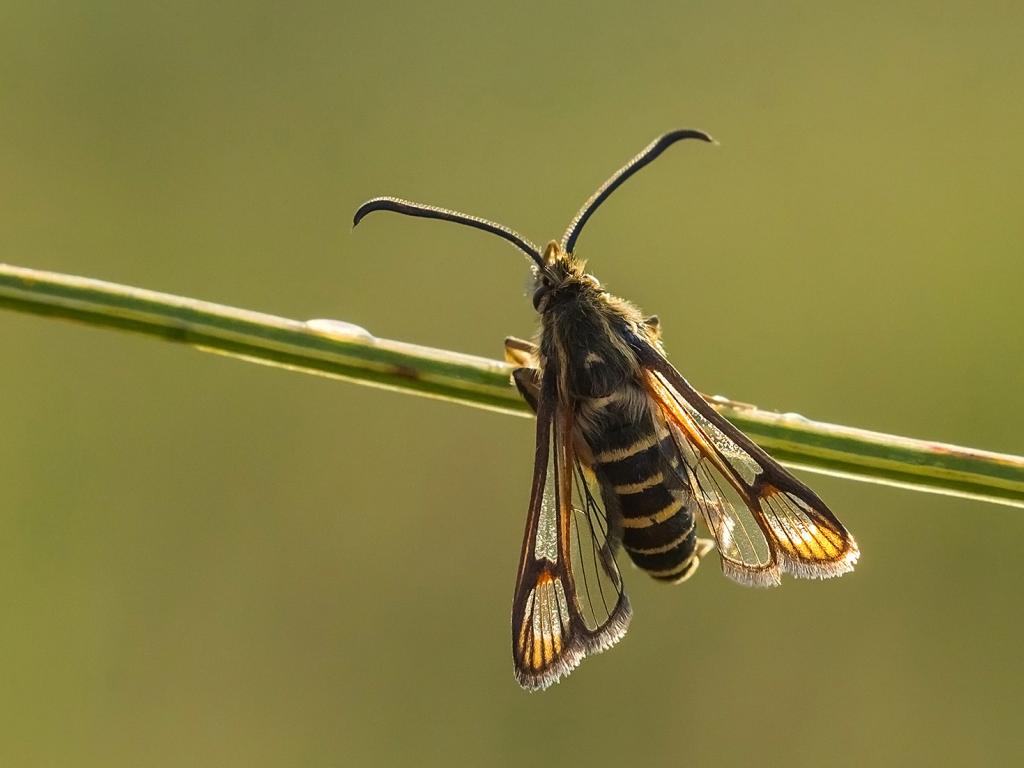
Six-belted Clearwing - Tamás Nestor
Six-belted Clearwing
Tamás Nestor
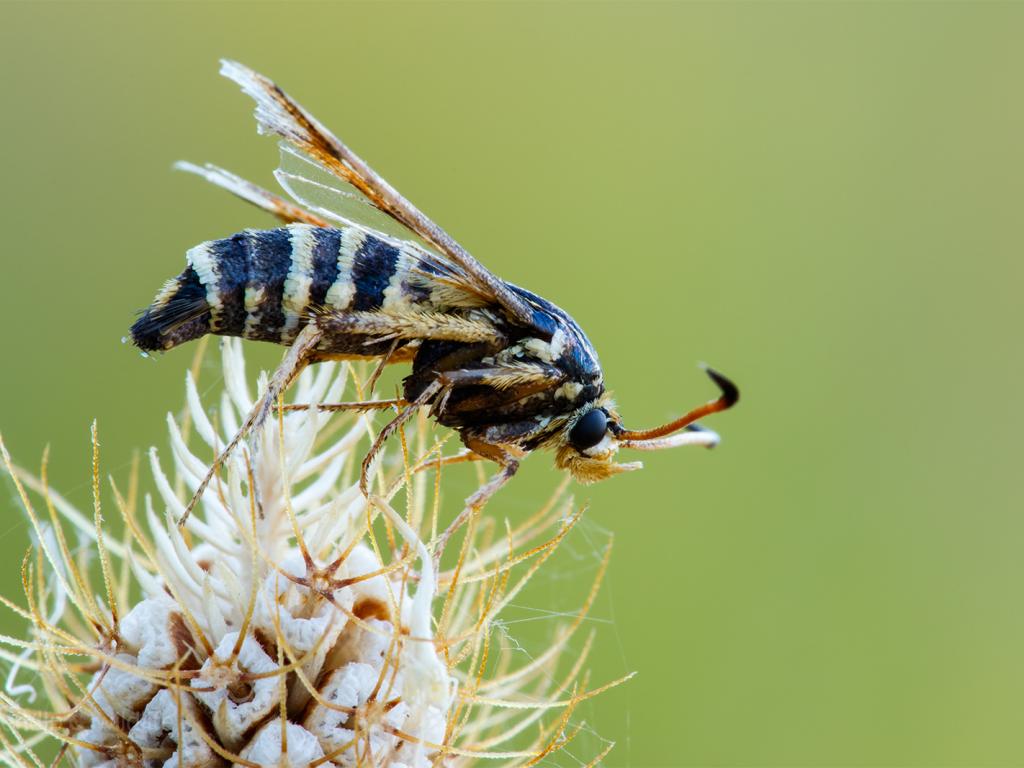
Six-belted Clearwing - Heath McDonald
Six-belted Clearwing
Heath McDonald
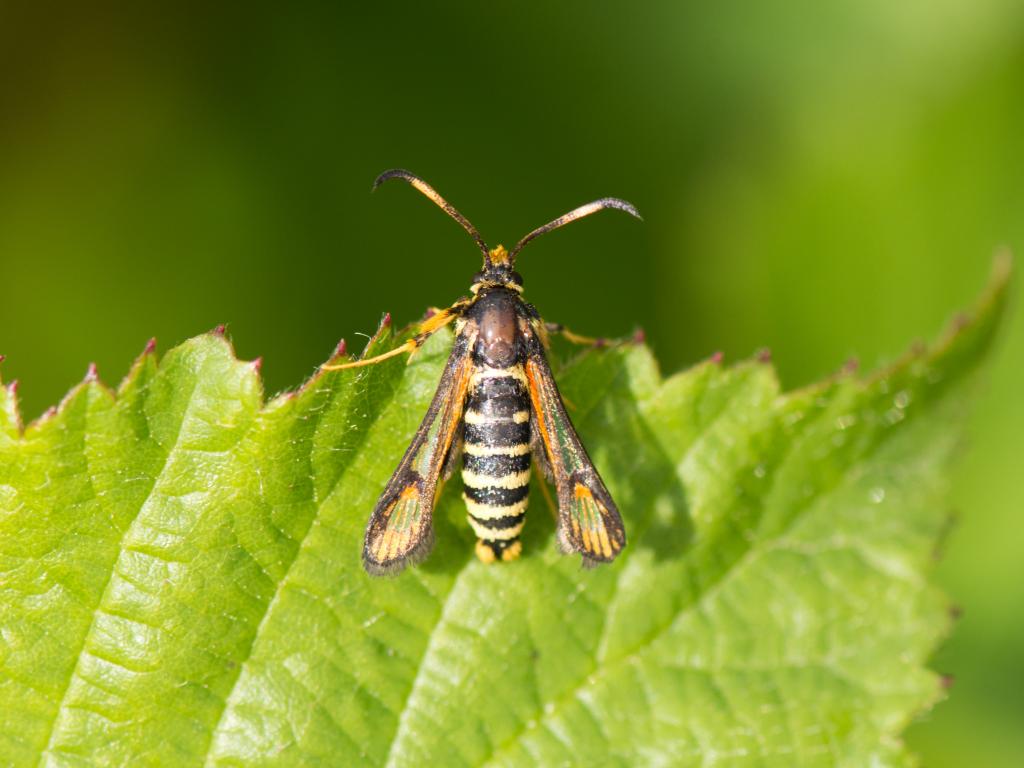
Six-belted Clearwing - Koen Thonissen
Six-belted Clearwing
Koen Thonissen
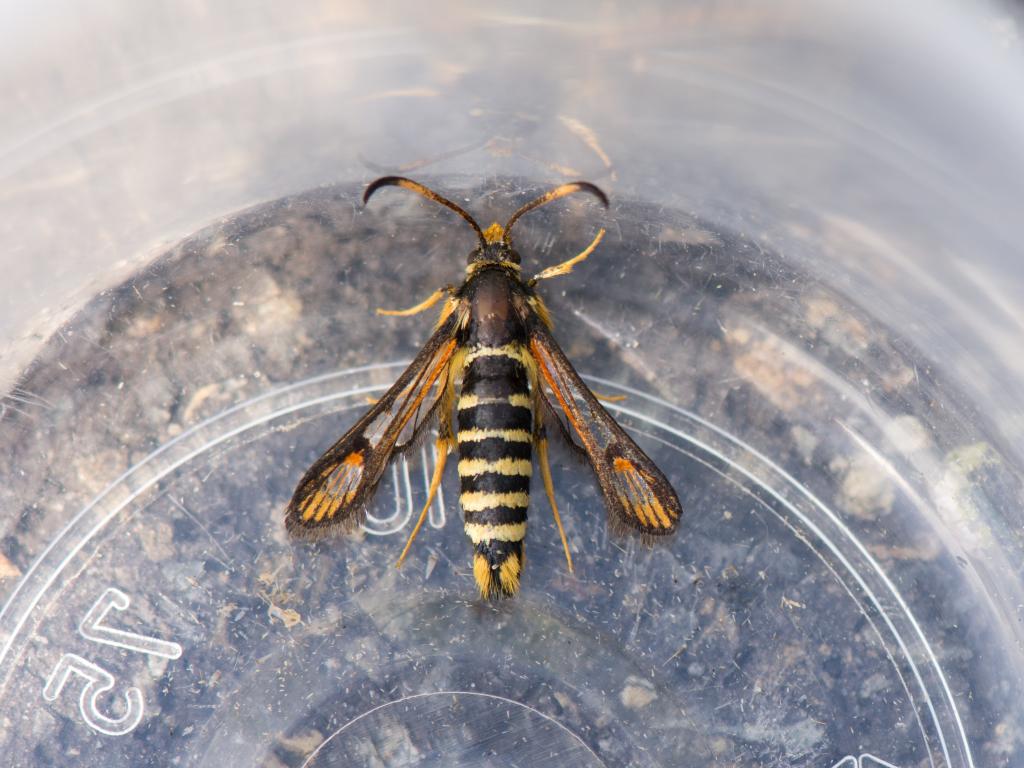
Six-belted Clearwing - Koen Thonissen
Six-belted Clearwing
Koen Thonissen

